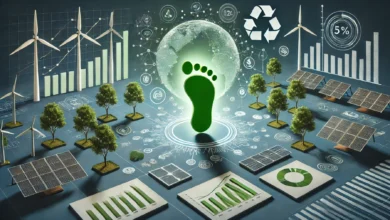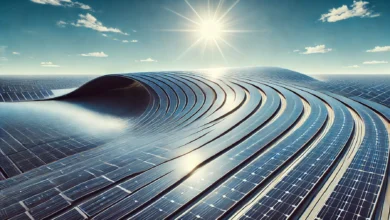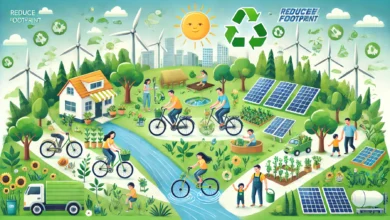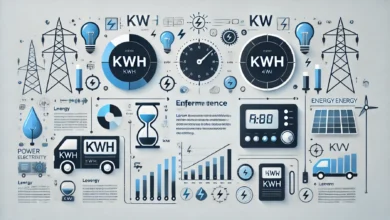Pros and Cons of Coal
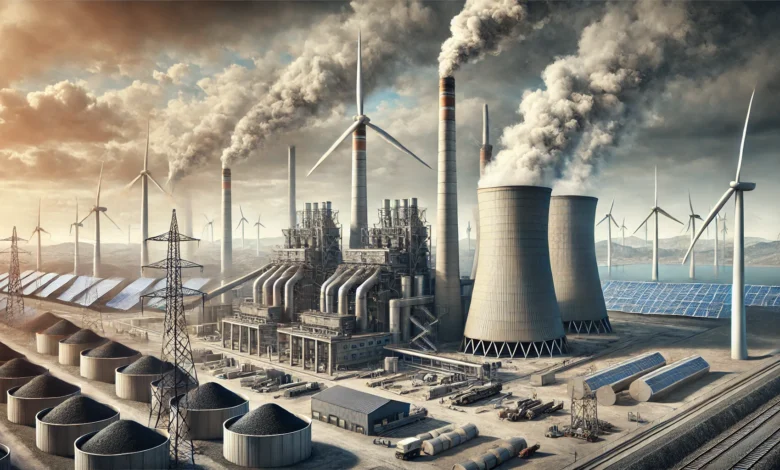
Coal has generally played a role for a long time in energy generation across many parts of the world. Coal was a major fuel for a considerable part of the industrial revolution and has driven industries, cities, and economies since then. The goal of this article is to explore the pros and cons of coal in terms of its traits as an energy source in terms of its benefits and its problems. As we become more climate conscious and want renewable options, understanding what makes coal both a great source of energy and a contentious one become important.
Contents
Which is Coal?
Coal is a combustible, black or brownish-black (i.e. lignite) sedimentary rock that is formed from the accumulated remains of plants that lived and died millions of years ago. It is primarily carbon and hydrocarbons compressed and heated over time. Today, coal is primarily used for electricity production and as a fuel source for industrial processes, like steel-making.
Pros of Coal
1. Abundance of Supply
Coal is one of the most abundant fossil fuels on Earth. Significantly large deposits exist across the globe, but especially in the US, Russia, China, and India. The wide availability of coal in many countries means that many countries have energy sources that are domestic and not reliant on foreign imports. This factor is crucial when evaluating the pros and cons of coal in terms of energy security.
2. Inexpensive
In comparison to many other energy sources, coal is cheap to extract and process into energy. Historically, coal has been a fuel of choice, especially for energy generation, since it is cheap to produce. This is a particular consideration for developing economies that are particularly cost-sensitive.
3. Provides Large Energy Returns
Coal has more energy returns than the volume that is burned. Power plants fired by coal can provide huge amounts of electricity with consistency, making it ideal for providing base-load energy. This reliability is often cited among the pros and cons of coal debates, especially when comparing it to newer renewable sources.
4. Current Infrastructure
The large existing infrastructure, such as railways, ports, and generating stations are significant sunk costs to an economy and will require considerable investment to change from—making a transition difficult for many economies.
Cons of Coal
1. Environmental Impacts
Burning coal releases a lot of carbon dioxide (CO₂) into the atmosphere which is a greenhouse gas and contributes to climate change. In addition to CO₂, coal burns and produces hazardous pollutants like sulfur dioxide or nitrogen oxides, and particulate matter, that are not only responsible for acid rains but can be very damaging in respiratory concerns. Coal is a usable energy resource, but it offers greater degree of environmental harm than cleaner energy resources like geothermal energy or hydropower.
2. Health Impacts
Mining and burning coal releases nasty pollutants into the community of humans and the workers involved. For example, mining coal has been associated with black lung diseases in miners. Similarly, the burning coal in coal-fired generating plants produces pollution that contributes to respiratory diseases in the local community.
3. Non-renewable Variation
Although there appears to be a lot of coal available, it is non-renewable. While it is often in good quantity, as the easy-to-access reserves become less abundant, and low-cost and easy-to-extract reserves become inaccessible, larger mining methods that are invasive and damaging and possibly more costly will emerge.
4. Water Usage and Contamination
Both water and coal-fired power plants need large amounts of water to cool and process. Consequently, coal mining and burning uses local water patterns and processes water and heavy metals and other toxins flowing into water that are for ecological and human use. These environmental challenges add another critical layer to the pros and cons of coal discussion, especially for future resource planning.
It is very important to balance the pros and cons of coal, but it is also very necessary to apply measurements of its renewableness. Unlike coal, renewable fuel systems like solar energy, geothermal, and hydroelectric power use fewer resources and have significantly less environmental impact.
For example, while coal plants offer on-demand, reliable operational power, technology advancements and efficiency improvements for solar power have met and exceeded cost expectations. The operational base-load power provided by geothermal plants rivals coal plants without harmful gas emissions; hydroelectric power can generate electricity without emissions while also acting as a flood-control structure and water storage system.
Comparison of Energy Sources
| Energy Source | Environmental Impact | Cost | Reliability | Renewability |
|---|---|---|---|---|
| Coal | High pollution, greenhouse gas emissions | Low upfront cost | Very High | Non-renewable |
| Solar | Minimal, dependent on manufacturing methods | Moderate | Moderate (weather-dependent) | Renewable |
| Geothermal | Very Low | Moderate to High | Very High | Renewable |
| Hydropower | Low, but can impact ecosystems | High initial investment | Very High | Renewable |
By including this broader perspective, we can better understand the pros and cons of coal compared to modern renewable technologies.
The Future of Coal as Part of the Energy Mix
Coal will still be relevant within the global energy mix, despite its drawbacks, and especially in countries experiencing economic growth that outpaces the introduction of renewable deployment technology and capabilities. At the same time, other countries are converting their energy use to cleaner energy sources, such as carbon-capture technology, or decommissioning existing coal power plants.
In some areas, fossil fuel can serve as a \”bridge fuel\” to generate then move the reliable energy to the renewable scale, as those renewable infrastructures are built out. Over the long-term trajectory, decreasing fossil fuel dependence and justifications becomes clearer and more realistic as nations transition to meet their net-zero carbon obligations and demonstrate a commitment to a cleaner environment, while lesser priorities take a backseat to pure economic prioritization to justify fossil fuel dependence.
Frequently Asked Questions
Is coal cheaper than renewable energy?
Coal was historically cheaper, and the price is closing very quickly. In many regions, solar or wind is cheaper in the long term and discounted to local alternatives.
Can coal be cleaner?
Yes, there is carbon capture to reduce emissions, but it costs a great deal of money to implement technologies, and that is largely absent from widespread deployment.
What industries use coal?
Coal may be used in non-power generation applications; for example, steelmaking and manufacturing consume coal because it is plentiful and has a significant heat value.
Is coal energy sustainable?
Coal cannot be sustainable because it is a non-renewable fuel source. Coal often has associated health and environmental considerations that lead to unsustainability in the atmosphere, as opposed to renewable fuel sources, that are actively conscious of sustainability.
If coal is so bad, why do we still use it?
It is cheap, we already have infrastructure in place to consume it while demanding more energy; especially when the energy demands grow, in many cases there is high-electricity use by all users, and if surrounding communities have no other option to change, then why would fossil fuel dependence have to change?
By contrasting the merits and disadvantages of coal use, we can value the historic importance and see the need for resource development that will only improve over time.
